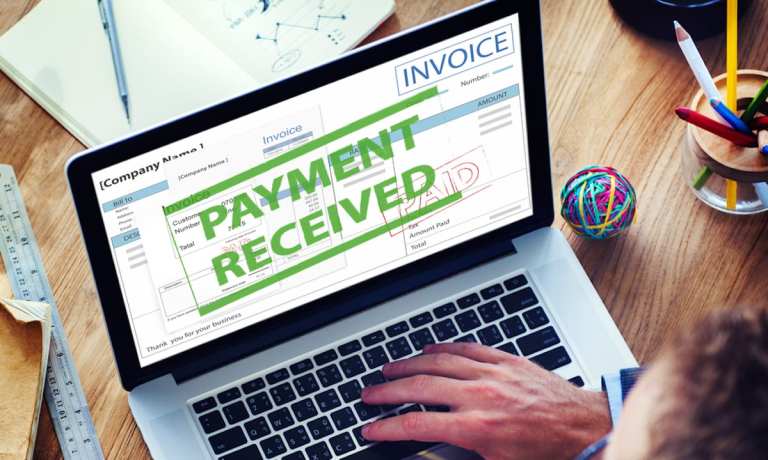New ways replace old. It’s the way of the world, and certainly in the accounts receivable (AR) realm, where digital modernization is well underway cleaning up manual jams, and especially as invoice days sales outstanding (DSO) comes into focus as a prime area for post-pandemic innovation.
Drivers of AR change are amply spelled out in findings from the B2B Payments Innovation Readiness Playbook: The Business Case for Automating AR Processes, a PYMNTS and American Express collaboration. Surveying 460 treasury executives from AR, billing, cash application, credit, collections and treasury management departments in key verticals, researchers found that reducing DSO is becoming a fundamental metric for assessing the digital shift’s uplift.
“DSO (days sales outstanding) improvement is [a] key benefit that AR automation imparts, as implementing these technologies allows firms to better manage their cash flows by accelerating the time between the delivery of goods or services and payment receipt,” per the Index.
Some verticals are ahead at present. The Index notes that “energy and advertising firms have benefited especially well when using automation in this area, with 88 percent of the former and 87 percent of the latter experiencing shorter DSO cycles,” adding that “just 52 percent and 38 percent of construction and healthcare businesses, respectively, cite DSO improvement as an advantage realized from implementing AR automation.”
Going deeper into the vertical view, failing to automate AR functions is proving costly in some sectors post-pandemic. As the B2B Payments Innovation Readiness Playbook found, “those that have implemented few or no technologies have faced significant DSO increases, and this trend is especially evident in the construction and healthcare sectors.”
“Construction companies that leverage few or no automation technologies have experienced average DSO increases of 20 percent from before the pandemic’s onset, while healthcare companies reported an average increase of 17 percent,” suggesting that AR automation “can have a significant positive effect on firms’ cash flow management operations, especially as virtual work is likely to remain a reality for some companies after the pandemic has passed.”
Advertisement: Scroll to Continue
Conversely, embracing AR automation tends to pay off quickly, mainly by cutting down DSO. “Businesses handling more than 20,000 invoices per month that use automated invoice delivery tools have DSO averages up to 23 days shorter than those that rely on manual, paper-based processes,” according to the B2B Payments Innovation Readiness Playbook. “Even firms with smaller invoice volumes benefit from automation, enjoying DSO marks that are as much as 15 days shorter than those that have invested in few or no technologies.”
Further illustrating the widening DSO divide, researchers found that “businesses that deliver between 500 and 1,000 invoices per month have an average DSO of 32 days. Firms within this segment that have little or no automation have an average DSO of 44 days, while the average DSO is just 29 days for those with high levels of automation.”




